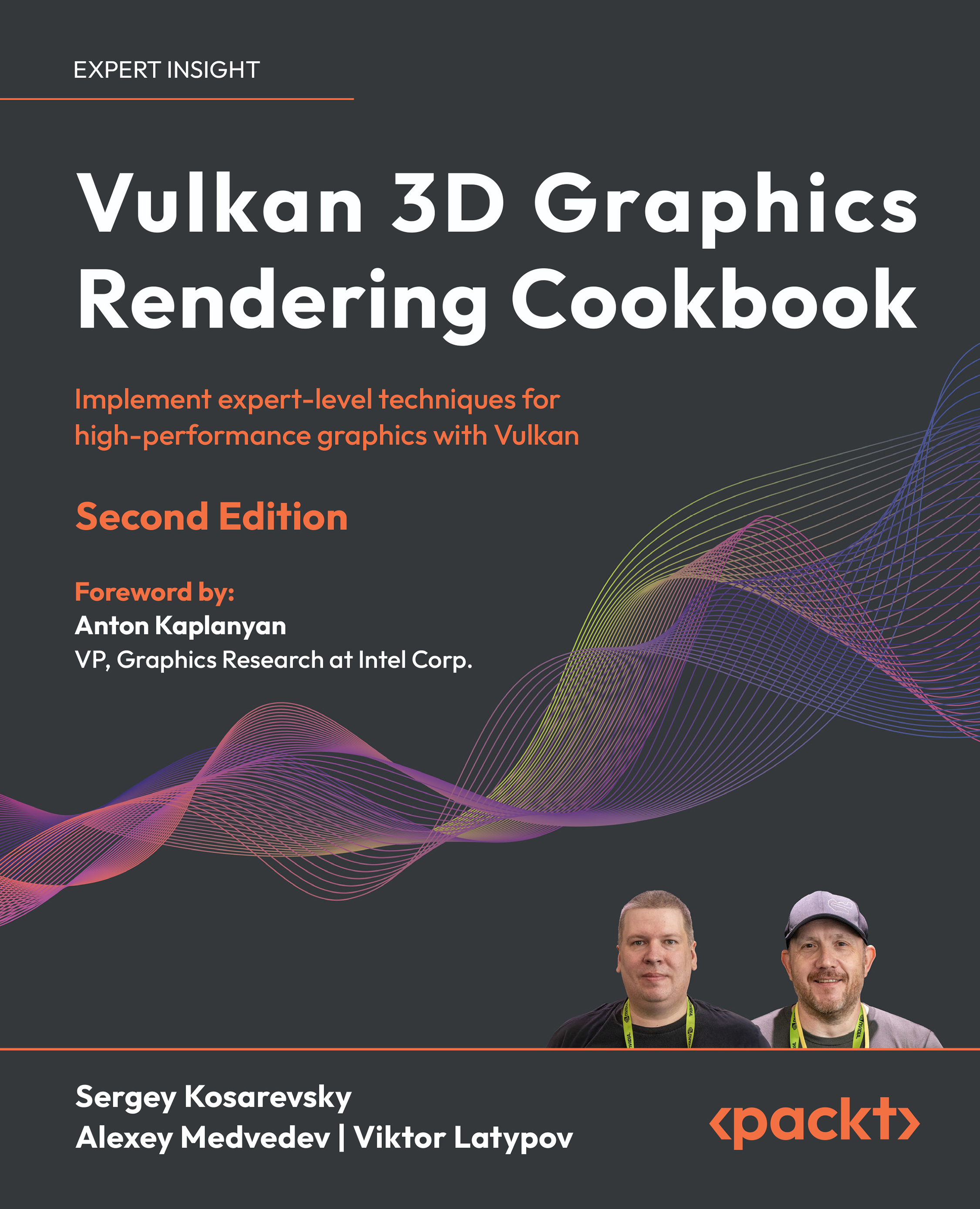Introduction to skeletal animations
Vertex skinning animation is a technique for animating 3D characters by linking a polygonal mesh to a hierarchical skeleton. Bones in the skeleton control the mesh deformation, allowing for realistic movement. This method is widely used in animation, enabling animators to control complex characters through intuitive tools.
The process begins with creating a skeleton of bones, each with a defined position, scale, and orientation. These bones are arranged hierarchically, resembling a human or animal skeleton. The mesh is then associated with specific bones, often using weights to indicate how much influence each bone has on particular vertices of the mesh. As the bones move, the mesh deforms naturally, resulting in lifelike animations.
To animate a mesh, we need to dynamically transform its vertices. Each bone defines a transformation, and the most flexible method is to store a 4x4 affine transformation matrix for each bone. This matrix encapsulates...



























































